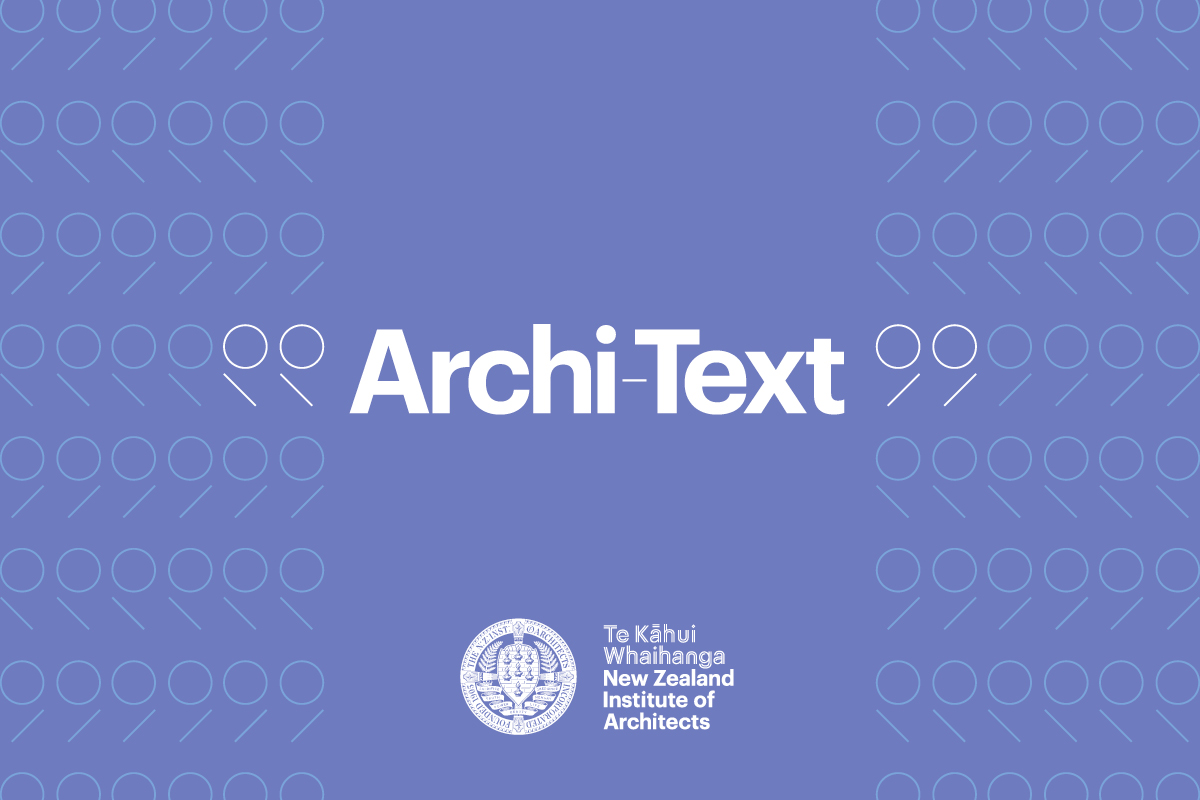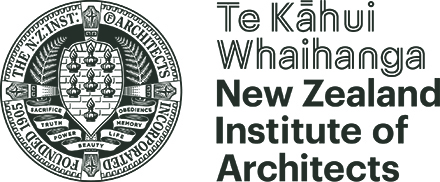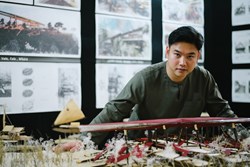Adapting with nature – Part 2: Westport
Helen Kerr, principal landscape architect and urban designer at Isthmus, presented a lecture at the 2024 World Green Infrastructure Congress about helping communities grow, change and adapt.
In the second article of a three-part series, she looks at the case of Westport, and how the language of place is helping locals develop a plan for the town’s future.
We have found ourselves questioning if community-led adaptation can be real when the scale of change over time is huge and the community lacks resources.
In our urban design world we could fail to communicate—or over-communicate—and isolate those most affected. We could use words that have no direct relevance—words that alienate and squash hope, instead of opening up possibilities.
This is perhaps the biggest risk in helping communities to adapt. If we have no social licence, we can’t have a conversation. The common thread for communities experiencing any kind of change is the ability to explore possibilities without the fear of pre-determination.
Nowhere could the importance of language be more critically observed than Westport. Here we have learnt that through the language of place we can talk about difficult things with a vulnerable community facing loss of homes, equity, insurance and hope.
Ki uta ki tai, from source to sea, the mighty Buller River is the protagonist shaping the story of Westport. Known to Māori as the Kawatiri Awa, it means swift and deep. Since the beginning, Westport has flooded and will continue to flood with increasing severity.
Can people live in harmony with a river as mighty as the Buller? And why have people persisted there for more than 150 years?
The answer is partly the allure of gold, then coal and cement, and now mineral sands. Viewed from above, Westport is a hook shape on the coastline, held in place by granite cliffs.
The Buller River is the largest river on the west coast and in flood carries a greater torrent than any other river in Aotearoa. Its large catchment effectively exits through a pinhole right where Westport is located.
During times of flood Westport effectively becomes an island, cut off not only by the Buller River but overflow into the Orowaiti River, which floods the town from behind.
In 2021 and 2022, Westport experienced massive deluges and the town flooded once again, leaving people homeless, anxious and angry.
But this is not a story of despair—it is one of hope and choice. Some excellent hazard mapping has been done, and it’s easy to see on the elevation map the comparison between the low-lying areas and the high ground. It is an easier way to understand the problem and the potential together in one picture.
Resilient Westport is a programme of work under the PARA framework—a multi-tool approach to hazards and adaptation in Westport. All four components are underway all at once—Protect, Avoid, Retreat and Accommodate. The flood walls might buy time (and insurance) but only in tandem with a multi-generational plan, which is where the masterplan comes in.
We started with a vision framework connected to place: past, present and future. The vision framework is not a 200-page document—it is three huge posters. The first is the Westport Way, exploring the rise and fall of settlements over time, the changing dynamic of the landscape over time, and the layers of the landscape from hydrology and geology to lush coastal forest and lagoons.
The second poster, Imagine Our Future, is the compass that projects forward 50 years to ask what being a good ancestor looks like. It can be used as a navigational tool for decision-making and a holistic picture that balances the environment, prosperity and affordability, with people in the centre.
The third poster, How We Get There, introduces the Dynamic Adaptive Pathways with four key moves to enable growth and relocation. One of the foundational concepts is the importance of a continuous lowland coastal landscape, and the idea of living within a dynamic web of connected habitats.
Working with nature offers multiple benefits for a community that has high deprivation, low income and a lack of growth to support relocation efforts. Celebrating experiences that bring locals and visitors into contact with nature (and each other) provides mutual benefit and a desire to live there. While the headlines scream that extractive mining is the key to economic prosperity on the West Coast, let’s not lose sight of the balance needed for growth and a sustainable future—one that taps into experiences, renewable energy and green innovation.
There are push and pull factors for relocation from old Westport to a new town centre. The town will not move tomorrow, and it won’t move all in one go. It must continue to adapt to retain vibrancy and vitality as long as it can. One of the toughest things is to figure out how to move pieces without compromising this.
Stories are passed from one generation to another, and stories are made up of words that matter. We’ve learned that ‘resilience’ means grit and determination to some people, but hanging on in the face of disaster to others. ‘Climate’ and ‘retreat’ are also trigger words, but ‘relocation’, ‘re-settlement’ and ‘adaptation’ are OK. Words also help us figure out strategies for working with nature. West Coast people like to be remote but connected, and immediacy and proximity to nature are important.
'Cutting Our Own Track' is the vision and concept framework that has now been taken out to the wider community and endorsed by the Buller District Council.
It can be found online here Draft Master Plan engagement — Resilient Westport
Editor’s Note: ‘Cutting Our Own Track. Westport Master Plan.’ recently won an award in the Planning & Urban Design category of the 2025 Nelson/Marlborough Architecture Awards.
Read Part 1 about how the community of Northcote in Tāmaki Makaurau Auckland is adapting to a changing landscape through smart regeneration planning.
Helen Kerr is a principal landscape architect and urban designer at Isthmus.
Photo: Isthmus.




